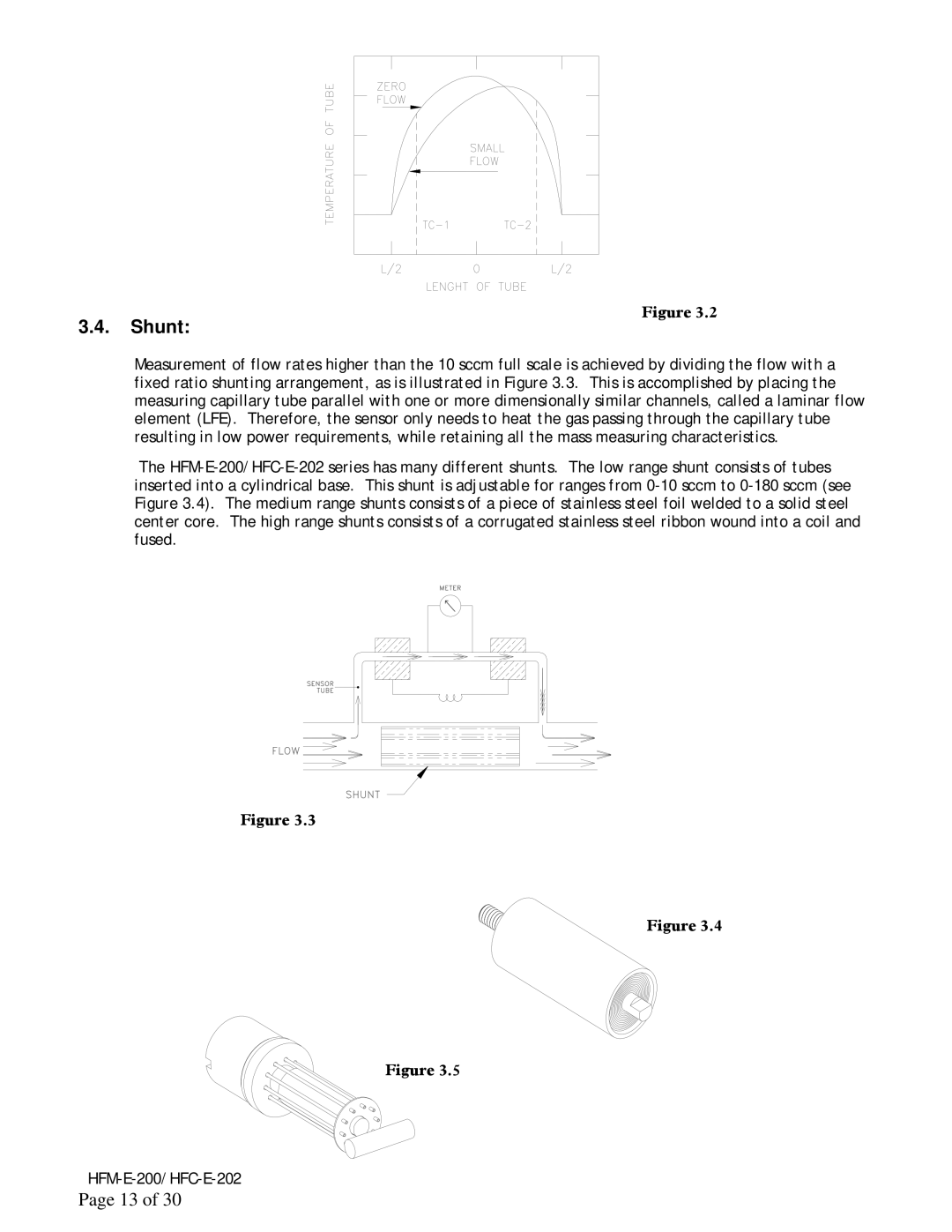HFC-E-202, HFM-E-200 specifications
Teledyne HFC-E-202 and HFM-E-200 are advanced flow meters designed to provide precise measurement and monitoring of gas and liquid flows in various industrial applications. Both devices are engineered to meet the demands of sectors such as petrochemicals, pharmaceuticals, and food and beverage, where accuracy and reliability are paramount.The Teledyne HFC-E-202 is a highly sensitive flow meter that utilizes a thermal mass flow measurement technology. This technology enables the HFC-E-202 to accurately measure the mass flow rate of gases regardless of temperature and pressure conditions. One of its key features is its ability to provide high precision and fast response times, making it suitable for applications that require immediate data feedback. The device is also equipped with advanced diagnostics that allow users to monitor the health of the system and identify potential issues before they escalate.
On the other hand, the HFM-E-200 is particularly renowned for its versatility in measuring both gas and liquid flows. It employs differential pressure technology, which is highly effective in a wide range of operating conditions. The HFM-E-200 incorporates a robust design that can withstand harsh environments, ensuring longevity and reliability. Its user-friendly interface allows for easy configuration and monitoring, catering to both novice and experienced technicians.
Both flow meters feature digital output options, facilitating seamless integration with existing control systems. This enables real-time data acquisition and monitoring, enhancing process control and efficiency. Furthermore, their compact design minimizes installation space, allowing for easy placement in tight operational areas.
In terms of safety and compliance, both the HFC-E-202 and HFM-E-200 are designed to meet strict industry standards, ensuring they can be deployed in critical applications without compromising safety.
In conclusion, Teledyne HFC-E-202 and HFM-E-200 flow meters stand out due to their innovative technologies, accuracy, and durability. Their unique features position them as essential tools for a variety of industrial sectors, enhancing operational efficiency and ensuring reliable fluid flow measurement. With Teledyne’s commitment to quality and innovation, users can trust that these devices will meet their demands both now and in the future.

